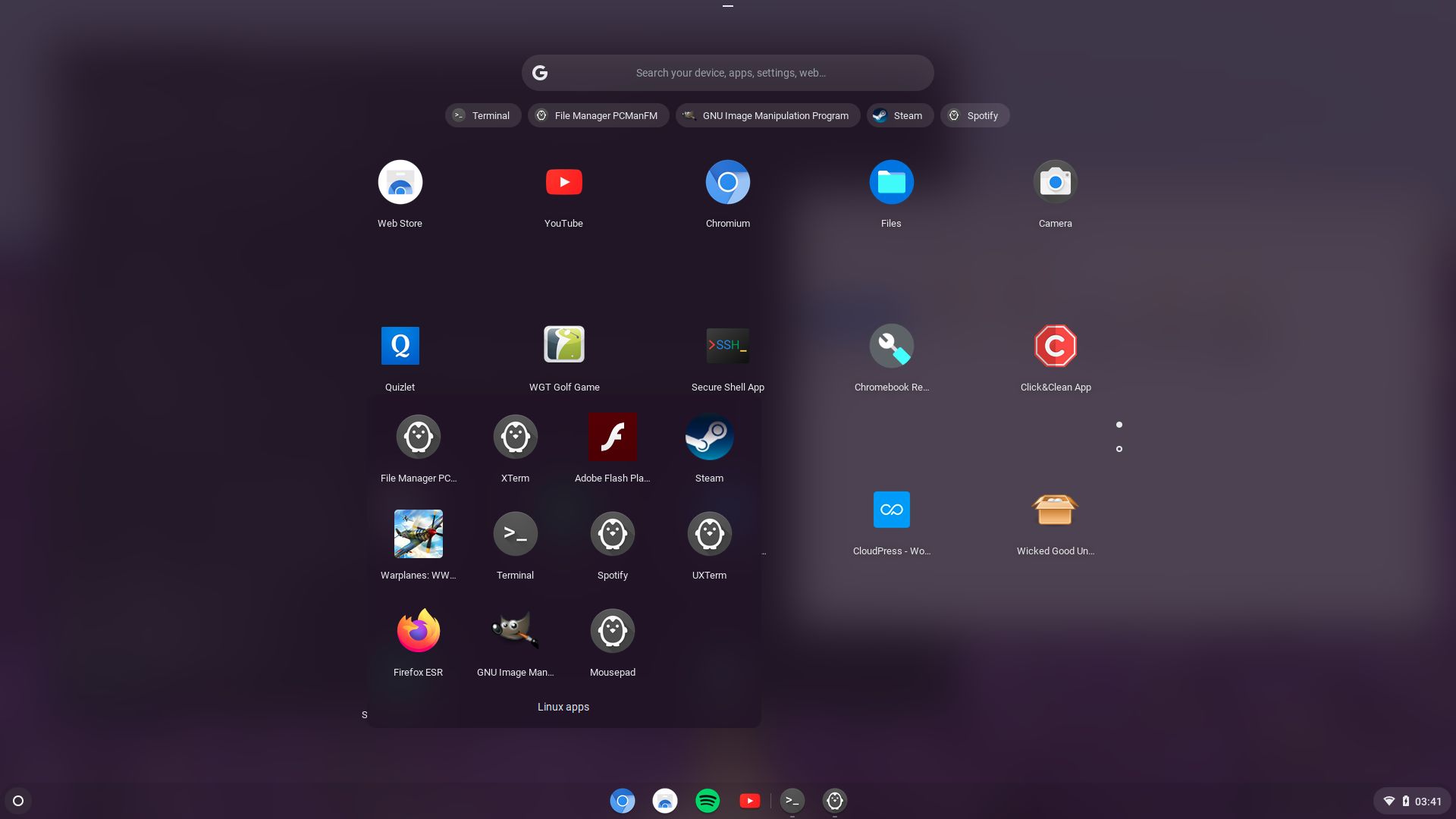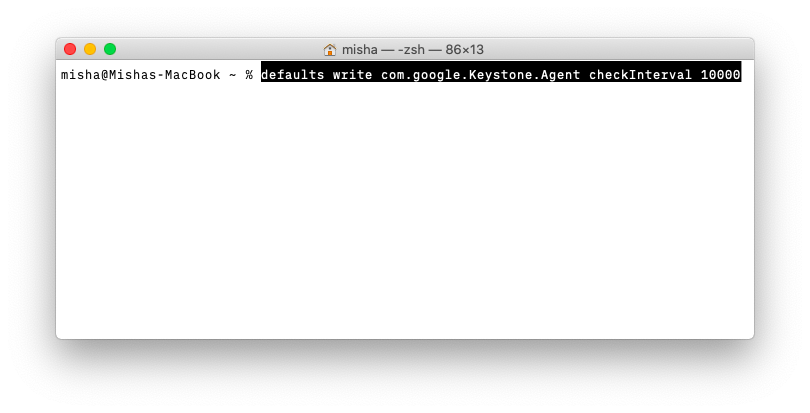

Users should note that some websites might use Adobe Flash Player to harm your computer, hence care should be taken to let Flash run only on trusted websites. Flash, for 20 years, has shaped the way users play games, run applications on the web and watch videos. The Adobe Flash plugin allows users to see Flash video and hear Flash audio content on Google Chrome on computer.

So for example if what you want to mount is at /dev/sdb2 then you would put sdb2 in place of.

To unmount drives mounted in this way you can run: gdbus call -system -dest -object-path /org/freedesktop/UDisks/devices/ -method .FilesystemUnmount This call should echo the path it is mounted at if the mount succeeds. gdbus call -system -dest -object-path /org/freedesktop/UDisks/devices/ -method .FilesystemMount "" Knowing these you can use a simple command to mount a drive from the command line. To do this it is useful (but not required) to know a few things about the drive first: In addition to using the standard mount command (which requires root) you can mount drives using udisks and dbus with your standard user. # possibly some complaining here about I/O charset or need to run `fsck` It does not attempt to authenticate the user, which usually "just works": udisksctl mount -block-device /dev/sdc1 -no-user-interaction Mounted /dev/sdc1 at /media/user/USBDRIVELABEL.Īddressing Hans Deragon's comment below: you can also tell udisksctl to do -no-user-interaction. Multiple identities can be used for authentication:Ĭhoose identity to authenticate as (1-2): 1 = AUTHENTICATING FOR -mount =Īuthentication is required to mount Kingston DT microDuo 3C (/dev/sdc1) Note that -b = -block-device (to reduce typing) but I prefer long options for documentation: udisksctl mount -block-device /dev/sdc1 Procedure is:įind the ID of the block device you want to mount, using lsblk: lsblkįrom its size, /dev/sdc1 seems to be the USB drive I want to mount. Use udisksctl from package= udisks2 (in both Ubuntu and Debian). Udisks also relies on D-Bus, so might not be available everywhere. This mounts in the same way the desktop does -creating your own /media/$USER/device directory- but I think there are still arguments for a static mountpoint, especially when you don't want the path to change. While you're reading this footnote and you're doing this on a desktop system, there definitely are arguments for using udisksctl, per wecac's answer. So I've added some polish from the other answers. There are also new mechanisms in higher stacks for mounting devices in a sane and standard way which might not always be available. This answer is almost 6 years old and while the core of it still works, things like fdisk -l aren't the most user-friendly options. When you're done, just fire off: sudo umount /media/usb You can usually use /mnt/ if you're being lazy and nothing else is mounted there but otherwise you'll want to create a new directory: sudo mkdir /media/usbģ. This needs to be mounted into the filesystem somewhere. Anyway, find it and remember what it's called. The more disks you have the higher the letter this is likely to be. You're looking for a partition that should look something like: /dev/sdb1. To do that fire off one of the following (ranked in order of my preference): lsblk You'll need to know what the drive is called to mount it.


 0 kommentar(er)
0 kommentar(er)
